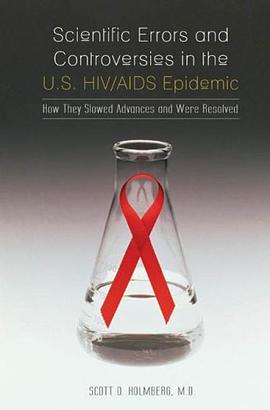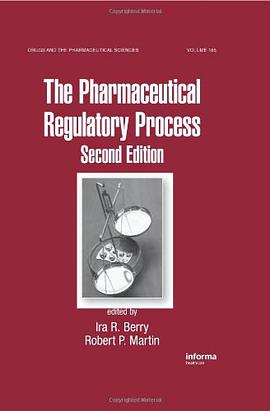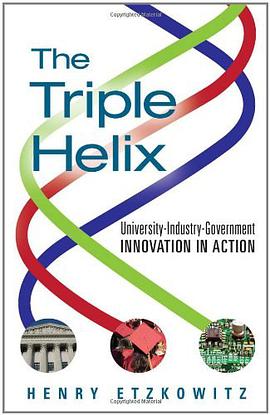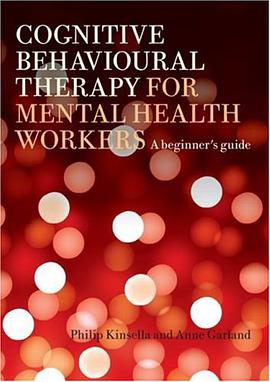

具體描述
Our understanding, prevention and treatment of HIV has made remarkable strides in the past two decades, but the way has not been smooth or straight. Part history, part narrative and mainly "scientific autopsy," this book is an insider's account of the errors, controversies and corrections that have marked the first 25 years of the HIV/AIDS epidemic. The author discusses the sources of these errors and controversies and provides many examples. These range from scientifically contentious and protracted controversies - such as laboratory contaminations that lead to identifying HTLV-III and HTLV-IV, or arguments that there were HIV patients who were "silently infected," not detectable by standard HIV tests - to issues that the scientific community quickly evaluated and discarded - such as beliefs that HIV is spread by mosquitoes, or that one AIDS-associated cancer is caused by "poppers," nitrates inhaled for sexual stimulation.This book describes how these many scientific errors occurred, how they were propagated, how they distracted researchers and the public, and how they were corrected. The author, a former Chief of Epidemiology in the U.S. federal Division of HIV/AIDS Prevention, shows us how scientific errors and controversies inevitably occur in the absence, ignorance or dismissal of good data, and the promotion of bad data or analyses. He suggests reforms of governmental processes, of medical and scientific journal review, and of graduate education that may help scientists recognise and correct errors faster, and so in the future deal with epidemics more efficiently.
著者簡介
圖書目錄
讀後感
評分
評分
評分
評分
用戶評價
相關圖書
本站所有內容均為互聯網搜索引擎提供的公開搜索信息,本站不存儲任何數據與內容,任何內容與數據均與本站無關,如有需要請聯繫相關搜索引擎包括但不限於百度,google,bing,sogou 等
© 2025 book.quotespace.org All Rights Reserved. 小美書屋 版权所有




















